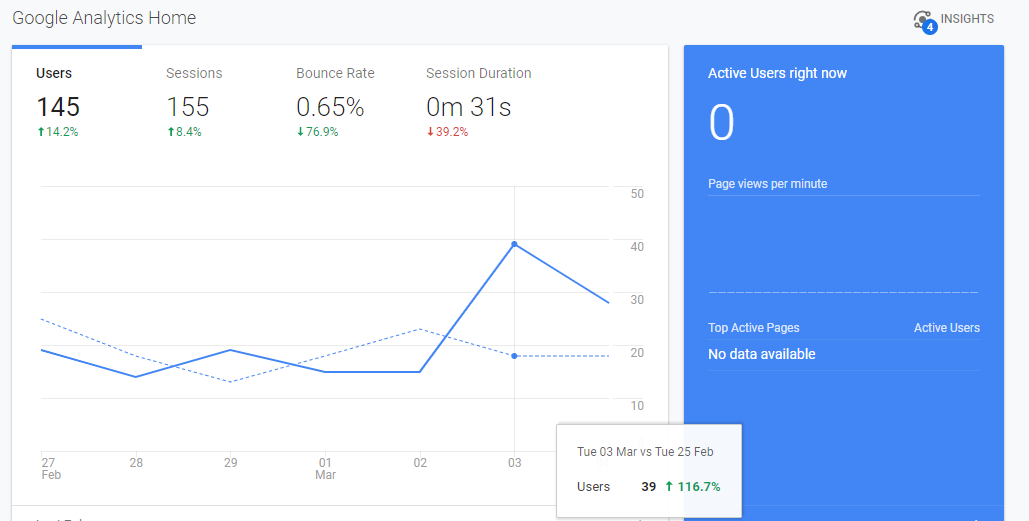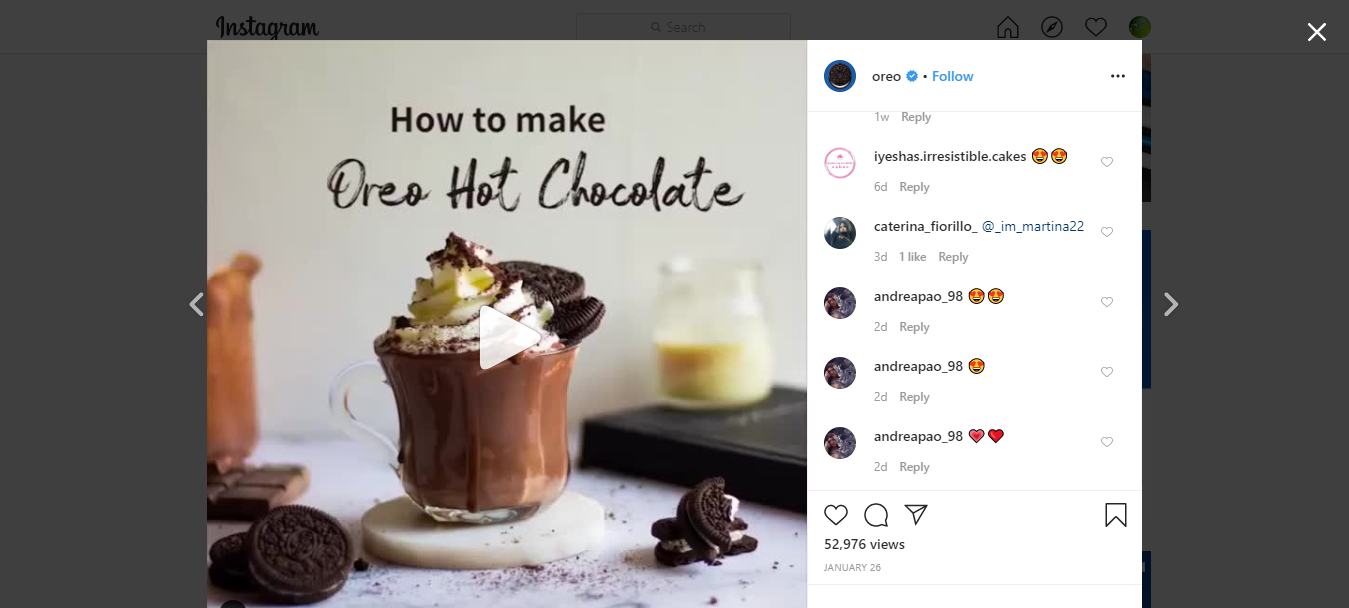When to Revise Your Content Marketing Strategy

Content marketing is one of the best methods to grow your blog. It gets you readers. It gets the word out and does a lot of wonderful things that help you grow your personal brand.
However, there can be a number of reasons when you need to take a second look at your content. As a blogger or freelancer content is the lifeblood of your business.
Here’s when to revise your content strategy
Growth is stalling
There are several ways to measure growth. Some measure it with traffic. Others use the yardstick of conversions and still others are confused by vanity metrics.
If page views, conversions or other metrics you track show growth bottoming out it’s time for a fresh perspective.
Here are the major issues that show growth bottoming out and here’s the fix:
Problem #1 Search engines are sending less traffic
If you were ranking for several terms before and that’s just not the case now, there could be multiple things to blame
An SEO audit can help reveal problems. As a blogger, you might come face to face with this issue, even more, these days because Google is tweaking its algorithm almost every 2 weeks.

Such out-of-the-blue tweaks come down heavily on anyone with a website as traffic plummets overnight. Plus, the frequency of updates ensures that there’s no chance for you to get a breather and understand what’s going on.

That’s not the case we are talking about.
If your traffic is on the decline for several months together it’s time to go deeper into Analytics.
Start by finding out which of your posts you’re losing traffic on with Google analytics. Or use the analytics platform you’re active on.
Once you know which posts are showing a decline, here’s what to do next:
1. Conduct an analytics audit
Go to Google and search out competitors who rank for the keywords you’re losing rankings for.
With the help of tools like UberSuggest or Ahrefs find out what’s beneath the bonnet.
Did these sites gain new backlinks?
Find out if their blog posts are longer or shorter compared to yours. Look at the keywords they use in their content.
If they’re using different keywords or if the frequency of keyword use is high, you might need to update your keywords. Or graft in fresh content inside your existing blog posts. When you add more content, your post automatically starts ranking for more terms. It’s as simple as that. With an analytics audit, you’re going to be much more productive as you know precisely which content needs fixing.
Review the content and the links you have to see if they’re on the line with what the algorithm guidelines state.
Refresh your content continually so you’re not caught like a deer in headlights. This also boosts the experience of people reading the content.
In addition, monitor performance regularly. Also, make sure your website is fast.
2. Produce content consistently
Here’s the fix #2 to your growth problem. Copyblogger is one of the fastest-growing blogs in the world. Know how?
They launched their blog in 2007 and for a year and a half all they did was build an audience with content marketing. Only after they had a sizable audience did they launch their product in 2008. That means selling came later and building an audience on the back of great content came first.
Most people put the pedal on content at the start of their careers and then abandon their blogs for long stretches. Sporadic bouts of activity don’t cut it anymore, especially since there’s so much competition. You must produce content on a regular basis. It’s not for search engines alone but for people as well.
Your readers want to read your content on a regular basis. If you’re bored with creating just blog posts every day, experiment with different types of content like presentations or webinars.
Stick to a day in the week to publish these posts. A schedule builds up an audience.
So, stick to it.
3. Syndicate content
A third way is to get more mileage from every piece of content you produce by turning it into quick presentations, infographics and memes. Use content syndication platforms to achieve this. These platforms have a lot of traffic on their own and can send some of it your way.
Problem # 2: Conversions are low
If all you’re doing is hoping people would convert based on the few seconds they’ve been on your blog you’re wrong. Focus your efforts on building an opt-in email list
When you create blog posts and build a consistent audience, your goal should be to convert them to your email list. This way you can send them new content and also sell them products, and courses later on.
To do this effectively, remove distractions. Remove other calls to action. Discard that harmless-seeming call to action to get them to join social media pages. Get people on the right channel which is your email list.
Look at all the big blogs today. They built themselves brick by brick through content marketing.
They did a simple thing- they built an audience.
People who built an audience with their blog attribute it to consistency. They put in the effort to network and publish great posts day in and out. Also, people in your email list are more loyal to you.
Problem #3: Social media shares and traffic is bottoming out
It’s also possible that the growth of your blog is bottoming out because there isn’t enough traffic from social. Social media channels are continually switching algorithms. That kills organic reach.
To solve this, post content that appeals to your readers.
Experiment with different formats. Include quizzes. Each type of audience enjoys a different kind of content. Appeal to that particular segment by creating content they’re most likely to dig.
On most social media channels video is gaining more and more prominence. I am not asking you to ditch text posts or images. I am asking you to also experiment with videos. So if you’re not getting big engagement with text or images maybe it’s because your audience wants and likes video content. Images and videos are proven content formats that get greater engagement.
If you’re testing videos, do that on Instagram. 5.2 million users watched branded Instagram videos during the first 3 months of 2017. And 40% of Instagram’s 1 billion large user base create stories every day.
Here’s what you can test:
1. Product videos
Seal the deal is with product videos. You can talk about products you use as part of your blogging endeavor. If you run a beauty blog, talk about beauty products. People are looking for more information. If it’s through a video so much the better.

2. Tutorial videos
Tutorial videos sometimes are confused with product videos but here the focus is more on getting something done with the product. For example, you could post videos on how to clean your laptop. The goal isn’t to sell but educate your audience.
Tell them how to make a recipe or compare the different types of mowers and so on.
3. Live videos
You can go live where you handle questions and feedback from your audience while also discussing future plans about the blog.
Final words
With analytics, you can see which of your posts are declining in traffic. Take a proactive approach once you learn of the problems. That coupled with intuition and some hard work involved in creating videos and social media-specific content will help you grow your blog and business.
About the author: George is a freelance writer and blogger who writes at Seekdefo. Here’s his new post.

